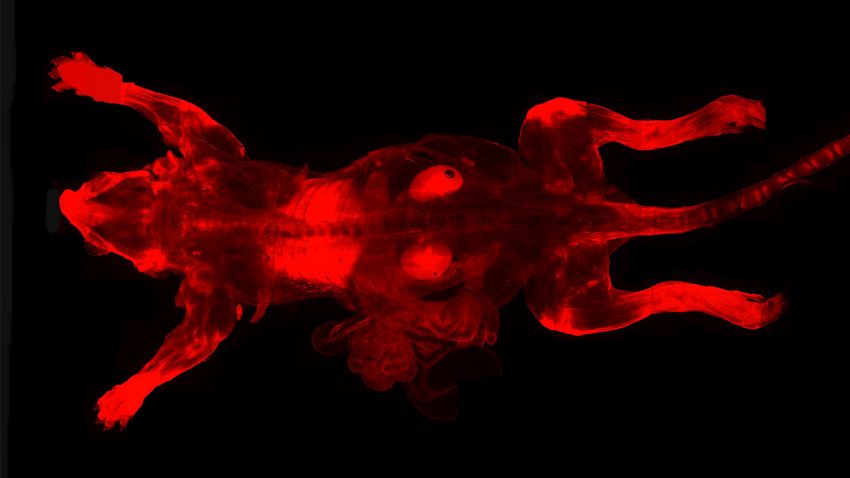“Frankenstein; or, The Modern Prometheus” by Mary Shelley is a literary classic that has fascinated readers for over two centuries.
Nonetheless, the novel’s influence transcends beyond the field of fiction and into the realm of science. Frankenstein’s scientific experiments to create a human-like creature have made a lasting influence on the scientific world, encouraging many to push the boundaries of what is possible in the quest for knowledge and development.
This article seeks to address the question “How has Frankenstein Influenced Science?” by diving into anything from inspiring medical discoveries to stirring ethical debates about the limits of scientific inquiry.
What was the science used in Frankenstein?
The science utilized by Victor Frankenstein to create his monster is not discussed in great length in “Frankenstein; or, The Modern Prometheus,” since Mary Shelley was more concerned with the story’s moral and philosophical ramifications. To bring his creature to life, however, Frankenstein employed a mix of chemistry, anatomy, and electricity.
Victor Frankenstein recalls his early experiments with electricity and galvanism, the use of an electric current to generate muscular movements in dead tissue. He also describes studying chemistry and anatomy in depth, which we may infer he utilized to collect and combine various body parts to build his monster.
How has science influenced Frankenstein?
The main question we seek to answer is “How has Frankenstein influenced science?” But, we must go back in time to understand what prompted Mary Shelley to write Frankenstein.
The scientific discoveries and experiments of her period, which were only beginning to explore the potential of electricity, chemistry, and anatomy, clearly affected Mary Shelley. These are the experiments that might have inspired Mary Shelley’s Frankenstein.
Galvanism
Giovanni Aldini was an Italian scientist and the nephew of Luigi Galvani who studied the effects of electricity on the human body extensively. He was particularly interested in the use of galvanism to resurrect supposedly dead or lifeless creatures, and he staged a series of public demonstrations in which he stimulated the muscles of animals and human corpses using electric currents.
One of his most renowned demonstrations featured the public electrocution of recently executed felon George Forster, during which Aldini gave electric shocks to various parts of Forster’s body and watched the muscle contractions that resulted. While his resuscitation attempts failed, he may have inspired one of science fiction’s most iconic scenarios as the results of Aldini’s experiments on Forster were extensively published. The details of the experiment are very similar to the visuals presented in Frankenstein at the crucial moment when the creature comes to life.

Surgeries
Mary Shelley’s own experiences with surgery and medical experiments are thought to have affected her development of Frankenstein. Shelley’s mother died soon after she was born, and she subsequently saw her own half-sister suffer through a difficult and eventually deadly operation to remove a tumor. These encounters may have influenced her passion for the science of life and death, as well as her curiosity about the ethical and moral consequences of scientific experiments. Furthermore, during the time period in which Shelley wrote Frankenstein, important advances in the area of surgery were being achieved, including the use of anesthesia and the invention of innovative surgical methods.
The Flying Boy
Stephen Gray was a notable English scientist who conducted experiments to understand the characteristics of electrical charges in the 18th century. The “flying boy” experiment was a somewhat disturbing display of static electricity’s effects. The boy was placed on a platform that was raised to the ceiling. After being charged with static electricity, the boy was able to attract pieces of paper with his hands. Sparks could be seen coming from his nose. The picture of a person sprawled on a platform, raised up in the air, with sparks flying and a scientist eagerly flailing his arms in the foreground is not different from the cinematic renditions of Victor Frankenstein creating his monster.
How has Frankenstein influenced science?
Frankenstein has had a huge impact on science, prompting scientists, researchers, and even ethicists to think about the ethical, social, and moral ramifications of scientific progress. These are the most important aspects of how Frankenstein affected science:
Medical Technology Advancements
Frankenstein had a tremendous impact on medical technology improvement, notably in the areas of prosthetics, organ transplants, and artificial intelligence research. The novel by Mary Shelley explored the possibility of producing artificial life via scientific experimentation, spurring further research into the possibilities of constructing human-like machines and devices.
The novel presented the concept of employing science to replace or augment human body parts since Victor Frankenstein’s creature is made up of numerous bodily parts. This has resulted in substantial advances in the field of prosthetics, as well as the development of complex prosthetic limbs capable of replicating the movement and functioning of natural limbs.
The novel’s consideration of organ transplantation has also encouraged advances in this field, with scientists and medical experts seeking to create new procedures and technology for replacing damaged or sick organs with healthy ones.
Ultimately, the novel’s depiction of the monster as a sentient entity with emotions and intellect has sparked continuing study into the development of artificial intelligence and the development of intelligent machines capable of replicating human cognition and behavior.
Medical Ethics and Bioethics
One of the novel’s central topics is the ethical and moral ramifications of scientific research, especially when it includes the creation of life or disrupting the natural order of things. The novel raises serious concerns about scientists’ accountability and the implications of their acts, as well as the risks of unbridled scientific ambition.
The themes of responsibility and caution in the novel have impacted the establishment of ethical guidelines for scientific research and experimentation, notably in genetic engineering and biotechnology. Furthermore, depicting the physical and emotional effects of scientific testing and medical intervention has contributed to the creation of ethical principles for medical treatment and research, such as informed consent and patient autonomy.
The novel’s cautionary narrative about the pitfalls of playing god has also influenced arguments about cloning ethics and artificial intelligence.
Concerns in Franken-like Science
Concerns regarding Franken-like science include the development and utilization of living beings, safety concerns about the creation of new life forms or the modification of existing ones, and, as a result, concerns about the influence of these organisms on the environment.
Ultimately, Franken-like science raises a multitude of issues that need critical analysis and ethical contemplation. Scientists must hold open and honest debates about the possible hazards and advantages of new technologies, as well as devise adequate controls to assure their safe and responsible usage.
Join our fast-growing community to revolutionize scientific communication
Transform your scientific outputs with eye-catching infographics and visuals. Working with Mind The Graph, a platform that provides a large collection of scientific illustrations and templates, as well as tools for altering them and adding new components such as text, graphs, and data, makes it easy to bring great visuals to your work.

Subscribe to our newsletter
Exclusive high quality content about effective visual
communication in science.





